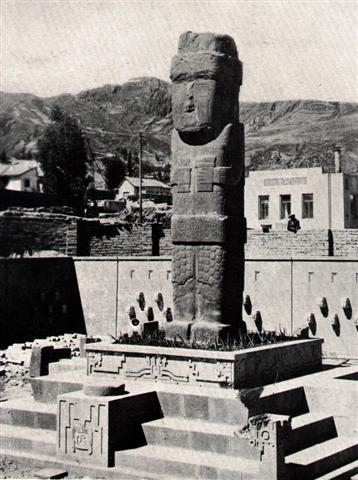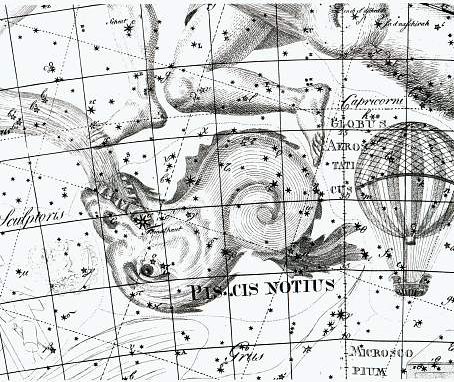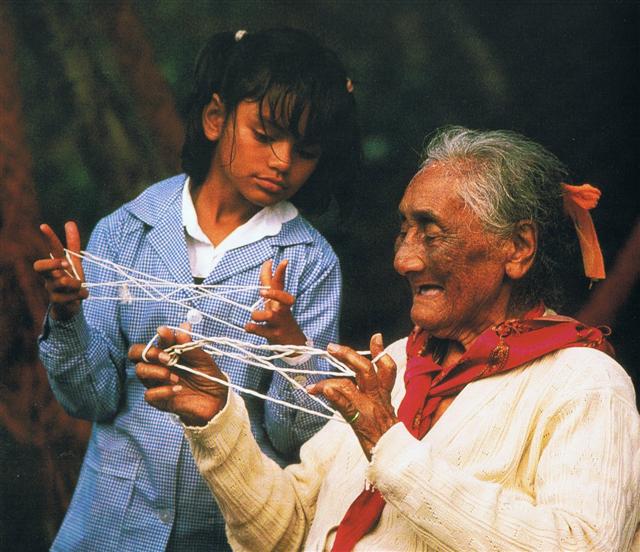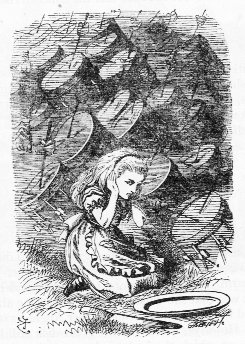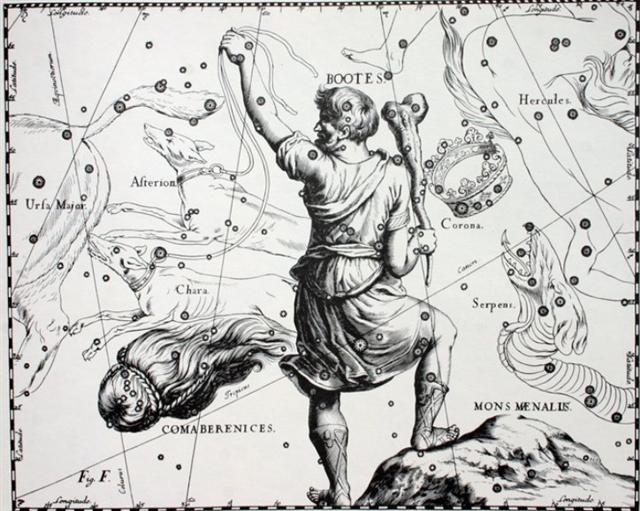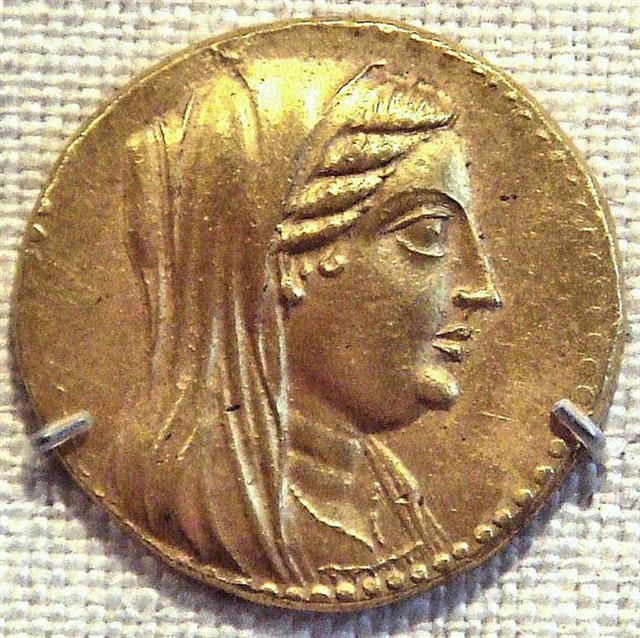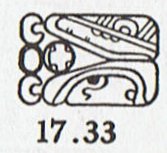250. The ancient cosmos was a kind of hologram, i.e. an interference pattern of Myth with itself. ... The subject has the nature of a hologram, something that has to be present as a whole to the mind ... The implication is that every 'pixel' in this hologram must be different from all the others. There cannot be a pair of identical myths. Which might explain why it is so difficult to find a pair of exactly alike glyphs in the corpus of rongorongo texts. If they were exactly alike they would not be different, they would not be twins but an instance of return. The study of Myth requires much effort to integrate its crucial 'pixels' into a time-space whole (Pacha). ... Space and time are a single, related concept in Runasimi [the language of the Inca people], represented by one word, pacha, which can also mean 'world' and 'universe'. The image of time familiar to Waman Puma was static and spatial: one could travel in time as one travels over earth - the structure, the geography, remaining unchanged. To him it does not matter that he shows Inka Wayna Qhapaq, who died in 1525, talking to Spaniards who did not arrive until 1532. Wayna Qhapaq was the last Inca to rule an undivided empire: he is therefore the archetype, and it must be he who asks the Spaniards. 'Do you eat gold?' ...
The creation of a rongorongo text will also exemplify such an integration. To read a rongorongo text will then be to try to re-create what the creator of the text had in mind. The great fundamental problem is that a hologram cannot be presented as a whole but only sequentially pixel by pixel and that each such pixel has to reflect the whole! In other words this 'whologram' has to be there 'present as a whole to the mind' when reading. It cannot be presented as a whole, although it can only be present as a whole. As an example I suggest the double set below of 5 days (glyphs) was intended to lead up to the return to the culmination (at 21h) of the Mouth of the Fish (Fom-al-Haut) at "March 16 (*360):
 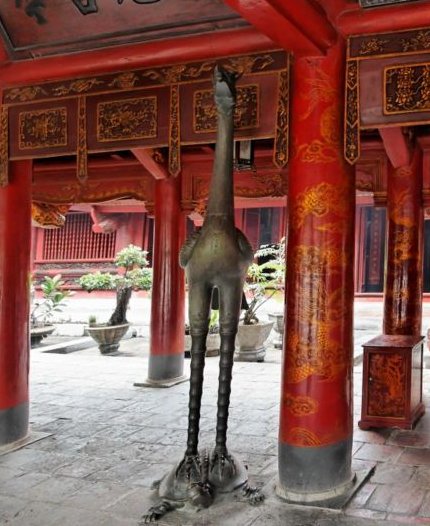 ... Horapollo, the grammarian of Alexandria, about A.D. 400, tells us that the crane was the symbol of a star-observer in Egypt ... My own efforts to read the rongorongo texts have ultimately lead me to a documentation process which in a way resembles a hologram, because every item under current inspection will unfailingly lead back to (→) earlier items by way of my memory banks or indirecty via links embedded in my documentation. Which in turn will lead to other 'pixels' in an endless string of mindfilling ideas.
... The most important of all drums, he said, was the armpit drum. The Nummo made it. It consists of two hemispherical wooden cups connected through their centres by a slender cylinder. It is like an hour-glass with a very long narrow neck. With this instrument tucked between his left arm and armpit, the drummer, by pressing on the hollow structure of thin wood, can tighten or relax the tension on the skins and so modify the tone. 'The Nummo made it. He made a picture of it with his fingers, as children do today in games with string.' Holding his hands apart, he passed a thread ten times round each of the four fingers, but not the thumb. He thus had forty loops on each hand, making eighty threads in all, which, he pointed out, was also the number of teeth of his jaws. The palms of his hands represented the skins of the drum, and thus to play on the drum was, symbolically, to play on the hands of the Nummo.
But what do they represent? Cupping his two hands behind his ears, Ogotemmêli explained that the spirit had no external ears but only auditory holes. 'His hands serve for ears,' he said; 'to enable him to hear he always holds them on each side of his head. To tap the drum is to tap the Nummo's palms, to tap, that is, his ears.' Holding before him the web of threads which represented a weft, the Spirit with his tongue interlaced them with a kind of endless chain made of a thin strip of copper. He coiled this in a spiral of eighty turns, and throughout the process he spoke as he had done when teaching the art of weaving. But what he said was new. It was the third Word, which he was revealing to men ...
The extraordinary design of Gb7-30 was probably intended to draw attention. At the present moment I guess we should read the picture as a view of sky-earth-sea together and present in unity (wholly integrated, unanimous):
... During his descent the ancestor still possessed the quality of a water spirit, and his body, though preserving its human appearance, owing to its being that of a regenerated man, was equipped with four flexible limbs like serpents after the pattern of the arms of the Great Nummo. The ground was rapidly approaching. The ancestor was still standing, his arms in front of him and the hammer and anvil hanging across his limbs. The shock of his final impact on the earth when he came to the end of the rainbow, scattered in a cloud of dust the animals, vegetables and men disposed on the steps. When calm was restored, the smith was still on the roof, standing erect facing towards the north, his tools still in the same position. But in the shock of landing the hammer and the anvil had broken his arms and legs at the level of elbows and knees, which he did not have before. He thus acquired the joints proper to the new human form, which was to spread over the earth and to devote itself to toil ... All three limbs depicted in Gb7-30 have joints. But the rima type (center) might have been intended to visualize how arms (rima) for working the fields (toil) were essential.
If Land is reflected in the central part of the glyph, we could then find Sea at right and Sky at left. Furthermore, both Sea (water) and Sky (air) ought to be found in the celestial domain, for Sea was a well defined quarter of the night sky: ... This [σ Sagittarii] has been identified with Nunki of the Euphratean Tablet of the Thirty Stars, the Star of the Proclamation of the Sea, this Sea being the quarter occupied by Aquarius, Capricornus, Delphinus, Pisces, and Pisces Australis. It is the same space in the sky that Aratos designated as Water ... Man had arms in contrast to the birds who had wings and the fishes who had fins. They had different means for moving around.
... Now birds and fishes are born under the sign of the Yin, but they belong to the Yang. This is why birds and fishes both lay eggs. Fishes swim in the waters, birds fly among the clouds. But in winter, the swallows and starlings go down into the sea and change into mussels ... In winter such birds as swallows and starlings disappear from the sky above. Perhaps we should understand this attention drawing statement to be in sound harmony with the idea that in winter the quarter named Sea was overhead in the night sky. Nunki (σ Sagittarii) was at *288.4 → "November 23 (327 = 80 + *288.4 - *41.4). Which 'happened to be' *100 right ascension days after the beautiful hair of Princess Berenike (*188.0).
We need pictures in order to review sudden flashes of insight. Nunki was related to the Tree of Life, we will remember. ... Eridhu, or Eri-duga, the Holy City, Nunki, or Nunpe, one of the oldest city in the world, even in ancient Babylonia, was that kingdom's flourishing port on the Persian Gulf, but, by the encroachments of the delta, its site is now one hundred miles inland. In its vicinity the Babylonians located their sacred Tree of Life ... And at the time when Nunki ideally should be at the Full Moon the Sun was bound to be at 7h. → Which rounded up from *106.5 would lead to right ascension day *107 (July 6) → 107 = 7 + 100 = 91 + 16:
And, as if by chance, the distance between the pair of 5-day sequences above is also *107 (= *91 + *16) right ascension days:
The pair Gb4-13--14 seems to illustrate the idea of separation (disjunction), in contrast to my proposed idea of being close together (in conjunction, in primal embrace) 107 days later, cfr Cb1-6:
... In South America the rainbow has a double meaning. On the one hand, as elsewhere, it announces the end of rain; on the other hand, it is considered to be responsible for diseases and various natural disasters. In its first capacity the rainbow effects a disjunction between the sky and the earth which previously were joined through the medium of rain. In the second capacity it replaces the normal beneficient conjunction by an abnormal, maleficient one - the one it brings about itself between sky and earth by taking the place of water ... ... Sky (rangi) and Earth (papa) lay in primal embrace, and in the cramped, dark space between them procreated and gave birth to the gods such as Tane, Rongo and Tu. Just as children fought sleep in the stifling darkness of a hare paenga, the gods grew restless between their parents and longed for light and air. The herculean achievement of forcing Sky to separate from Earth was variously performed by Tane in New Zealand and the Society Islands, by Tonofiti in the Marquesas and by Ru (Tu) in Cook Islands. After the sky was raised high above the earth, props or poles were erected between them and light entered, dispelling the darkness and bringing renewed life. One detail which is iconographically of interest is whether the god responsible for separating Earth and Sky did so by raising the Sky with his upraised arms and hands, as in Tahiti and elsewhere, or with his feet as in New Zealand ...
471 (total number of glyphs on the G tablet) → 364 + 107 → 110 + 361 (→ Wega). The magnificient bird in Gb4-15 should be up in the Air in contrast to the 'mussel' (macrouse) 107 days later.
|
|||||||||||||||||||||||||||||||||||||||||||||||||||||||||||||||||||||||||||||||||||||||||||||||||||||||||||||||||||||||||||||||||||||||||||||||||||||||||||||||||||||||||||||||||||||||||||||||||||||||||||||||||||||||||||||||||||||||||||||
